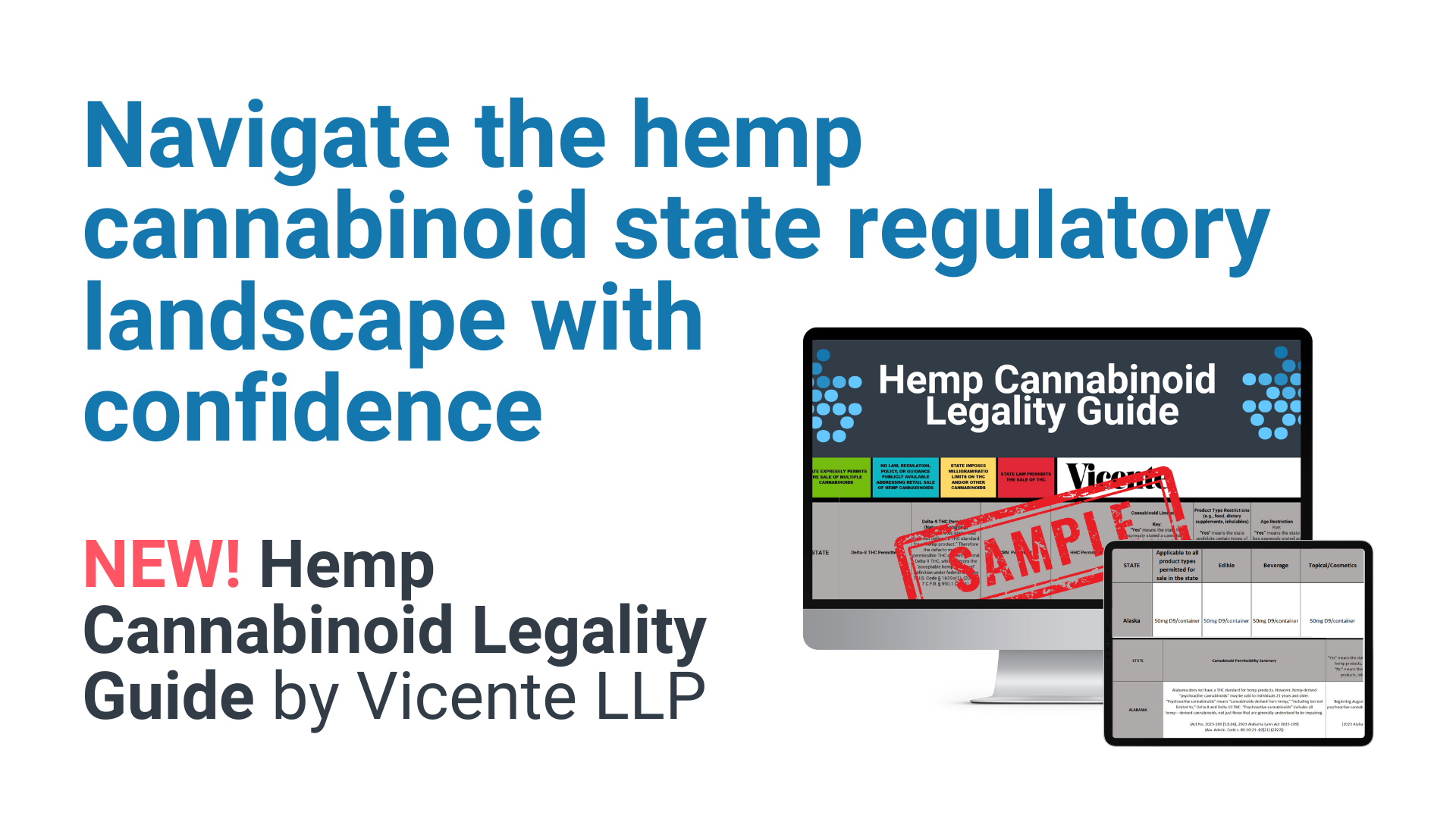A Call for Inclusivity and Humility in the Psychedelic Renaissance
By Barine Majewska
Aug 4, 2021
There is a great deal of conversation recently concerning inclusivity in the quickly emerging psychedelic industry. Concerned with the roles of indigenous groups, other minority groups and women in terms of access to psychedelics and professional diversity, many participants in this dialogue also share concerns around decolonization and cultural appropriation in the field of psychedelic medicine. These are all extremely important considerations and conversations that must be approached with sensitivity and humility.
However, there is another form of inclusivity that, despite receiving modest attention, is important to track in light of this growing “psychedelic renaissance”: the inclusivity of different viewpoints about the administration of psychedelic medicine. There are currently many varieties of psychedelic “containers” or models available to individuals wanting to use psychedelic substances in the U.S. alone. A highly incomplete list of containers includes: indigenous ceremonial settings, church and religious group settings, clinical study settings, one-on-one settings with trained therapists, medical settings with licensed doctors, commercial retreat settings, and underground unlicensed “trip sitting” services. Notably, in the public conversation, proponents and purveyors of one of these containers often tend to highlight its benefits and disapprove of many of the other psychedelic containers available. Also, each model has drawbacks and dangers that are often unacknowledged or dismissed by its proponents.
As such, the overall discussion about psychedelic medicine tends to be divisive and polarized, which may prove dangerous for the future of the psychedelic field. For one, a divided approach may prevent certain individuals from seeking assistance from psychedelic medicine. Stigmas that may prevent access by members of one minority group or culture that carries a stigma against traditional psychotherapy, for example, may not apply if such members had ready access to another kind of psychedelic container. However, such cultures may legitimize a setting involving a Western medicine doctor, thus the “medicalized” model may end up providing access to an individual that would not have otherwise been able to benefit from psychedelic work. Moreover, the traditional set and setting in which a psychedelic medicine is or was used in a particular culture may no longer be the most beneficial for certain members of that culture—we simply don’t know.
The failure to adopt a broader perspective on the options for psychedelic containers reveals our collective lack of humility. We are not aware of how little we know about these medicines or the best setting in which any one individual can benefit from them. Our understanding of the relationship between psychedelic medicines and humans in the 21st century is still in its infancy, and we have much to learn together. Our collective understanding of these medicines does not yet take into account factors like trauma, stress, technology, epigenetics, personality, age, addiction, poverty, race and gender. We don’t know which setting will create the most benefit and the least harm for, for instance, a transgender individual with a history of trauma, or a minority individual working in a highly stressful career, or a borderline patient with substance abuse problems. Even longstanding use in indigenous cultures gives us few clues about how best to provide any given individual with a psychedelic experience.
Humans are unique and complex. While the research to date gives hope for collaboration and inclusivity of people, medicine, and methods, we don’t yet have the data to begin ruling out many types of uses and containers as illegitimate. Researchers in other fields have proposed longitudinal studies to track the effects of different psychological treatments, spiritual practices or other self-development models on different types of individuals, and a similar approach might one day prove very helpful for psychedelics. But we are far from having those results. While we wait for a thorough understanding of the types, effects and containers for psychedelic medicine, the narrow-minded risk of making quick and inaccurate judgments about the “right way” or the “best way” to allow individuals to access psychedelics could potentially cut off avenues of healing. Safety and care are, of course, paramount considerations in these conversations, but we need to be intentionally inclusive and careful not to eliminate too many viewpoints from our initial conversation.

